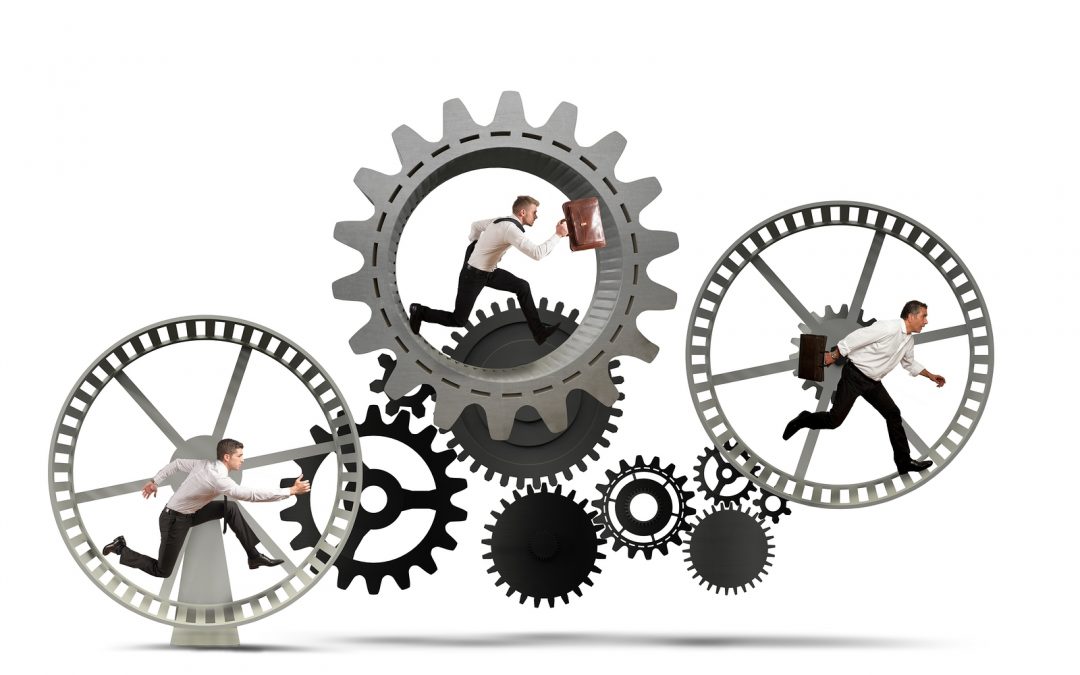COVID-19 crisis is unique because it has impacted 195 countries in the world. Businesses are global these days; they have customers and suppliers spread over a large part of the world; their business processes are executed in different parts of the world. For example, a bank in Europe might have its customer service centres in India, legal support desk in India and finance operations out of China. When countries are going into lockdowns, businesses are experiencing declines in their sales; some of them have come to a standstill, while many others are seeing declines of 25 to 70%. Supply chains are disrupted and the business process is not running as usual. Employees are gripped with the fear of uncertainty around their health, jobs and the future prospects for their families. Given this backdrop, what can the leadership team do to keep the wheels of the business running?
Tighten the seat belt
Everything is not down in the dumps. Humanity across the world needs the essentials and healthcare at this hour of crisis. Can the organisations who service multiple industry sectors revamp their resource allocation plans? They need to put most of their people, technology, capital and leadership bandwidth on these domains and make the most of the opportunity.
This may not be feasible for every business or all the parts of a business. So the companies have to rely on cost optimization possibilities. They need to think creatively; for example, this crisis has taught us how to work from home and deliver normal output. Companies can learn from this and implement a hot-desking policy as a standard operating procedure. This is an opportunity to review the norms and benefits that we considered normal.
Technology solutions are aplenty. As companies have been forced to take a pause, there are opportunities to review these solutions and decide if some of them could save money for the company or drive new behaviours in the company enhancing the productivity. Similarly, one can review all the vendors and partners one uses; align them for greater productivity.
Employees wanted time and space to learn new skills and hacks; they wanted their organisations to allow time, attention and investment for employee development. This is a good opportunity to learn, adapt and grow.
Employee productivity is another dimension man organisations do not have a very robust system to track on a regular basis. Most often, goal setting and aligning them across the organisation are activities intended to be executed rigorously and practically not done well. This is the time to make sure that the key performance indicators (KPIs) are defined for everyone, goals are appropriate and the KPIs are in use to track and improve.
Raise Finances
Tightening the belt helps the company optimise costs, improve productivity and cushion the impact of revenue decline. However, these measures cannot compensate for the gaps in cash flow if the business is impacted by a crisis like COVID-19.
During the hours of crisis, payments from customers might get delayed, worse if the revenue streams are impacted. However, employees need to be paid, statutory dues have to be honoured, and suppliers who provide critical supplies need to be paid on time. There may be small suppliers whose survival is suspect if cash-flow is stranded; one might not be able to apply force majeure clauses on such suppliers. The bottom line is to have free cash flows.
Companies need to find sources of finance to keep the machine running. They have to find lenders at the optimum cost; equity holders could infuse more capital. Companies could join hands together to influence economic and fiscal policies of the Government that can improve their access to finance.
Care for People
It is unlikely that companies in crisis would not right-size their organisation, change their policies, review structures and systems. All these changes would cause pain and discomfort to the employees. Leaders have to explain the rationale to the people and have to be at the forefront of communicating directly. They have to be sympathetic towards their individual situations, listen to them and at the same time have to think about the organisation’s short term as well as long term health.
The leaders need to show the emotional courage to hold tough conversations and simultaneously need to uplift the mood, build confidence among the troops that the organisation has a plan to deal with the crisis and they will win this over.
Tough times are opportunities to bring solidarity, build strength and show character.


